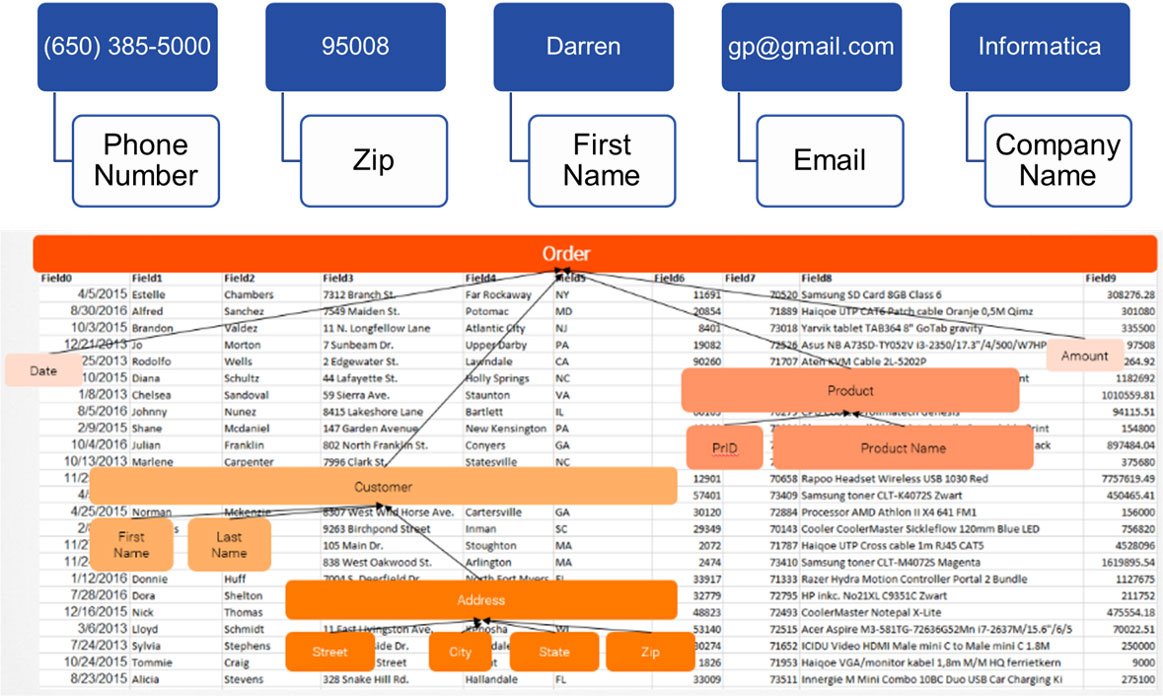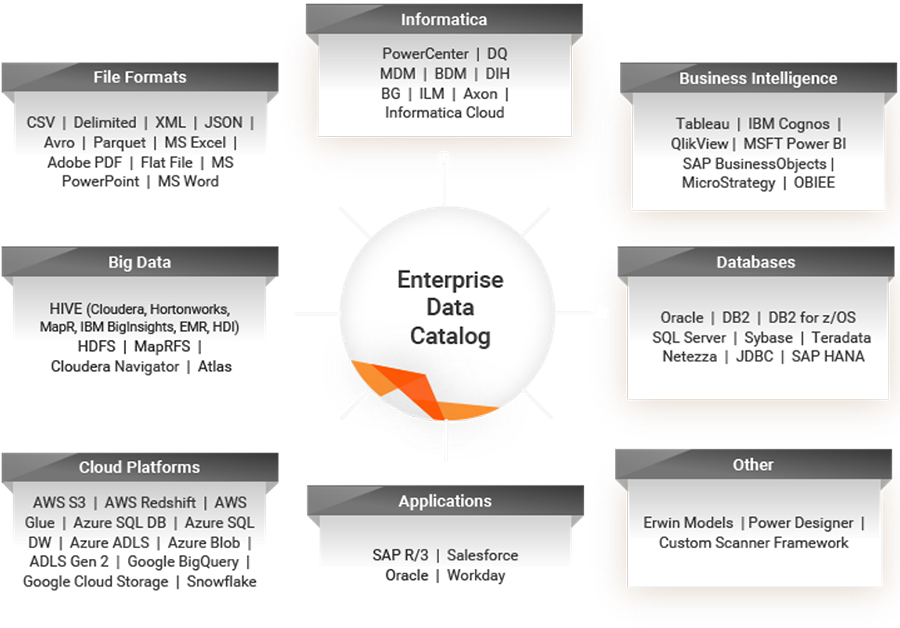The unifying glue of data management is metadata—the data about data that answers the who, what, where, when, how and why of data enablement.
Metadata unifies disparate point solutions in a data life cycle, ranging from data ingestion to data delivery and consumption. To enrich the experience of your data consumers, use active metadata to organize, inform, recommend and predict.
See how metadata helps Danone make better decisions.
With the right active metadata management solution, you can unleash the full business value of your data by understanding your data in complete context. As your organization’s data continues to grow and become more distributed, active metadata can help you:
- Discover, classify and understand data.
- Understand data consumers’ behaviors.
- Improve overall data quality.
- Manage and enforce data policies.
- Automate data enablement and delivery.
Reduce manual efforts by activating metadata with AI and machine learning
A metadata management solution becomes even more valuable when it is active. Informatica activates your metadata with AI and machine learning, augmented with human knowledge, and integrates it with data analytics programs and other applications to uncover new data insights.
With active data management, you’ll gain access to advanced scanning capabilities and intelligent parsing of metadata across data sources, applications and code (statistical, mainframe and data science), including stored procedures. This drives automation like next transformation recommendations and data quality rule recommendations.
Establish trust with automated data intelligence
With Informatica’s active metadata management solution, you can automate collection, curation and inference of data intelligence. Our CLAIRE AI Engine lets you automatically discover data domains, classify data, infer relationships, recommend next-best actions, associate business terms and more.
The CLAIRE models are trained on multiple petabytes of multi-tenant metadata (structures, associations, lineage and code) to help you benefit from the intelligence derived from thousands of integration, quality, master data management and governance solutions deployed on our Intelligent Data Management Cloud.

Unify siloed metadata for informed decisions
When organizations turn to diverse siloed solutions for active metadata management, it results in a lack of full visibility, transparency and context to support data consumers in their decision-making.
Informatica unifies metadata across your data and application landscapes, and centralizes metadata and associated intelligence in a single repository for consumption by any data management function. The more each siloed data management function leverages what’s happening in other data management functions, the more each function can benefit from the data intelligence of adjacent functions.





